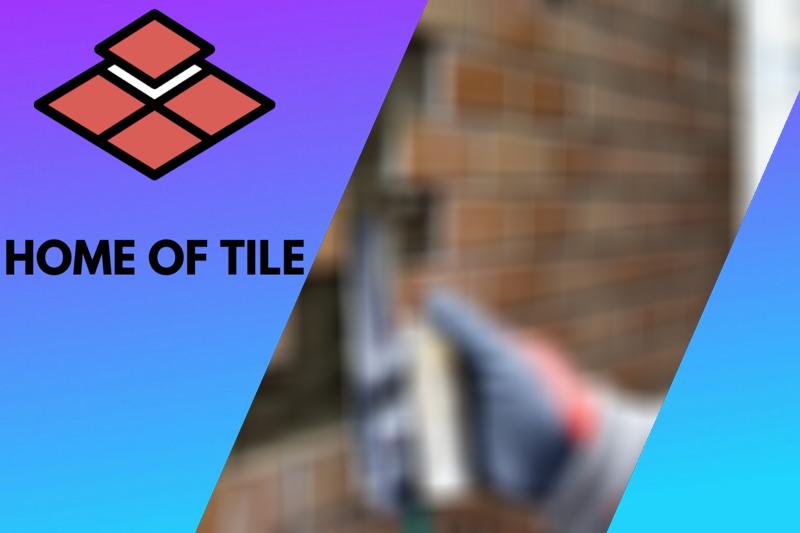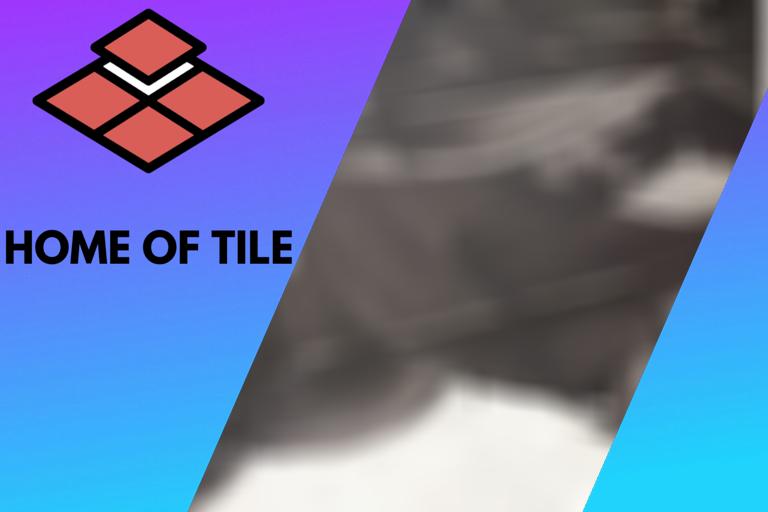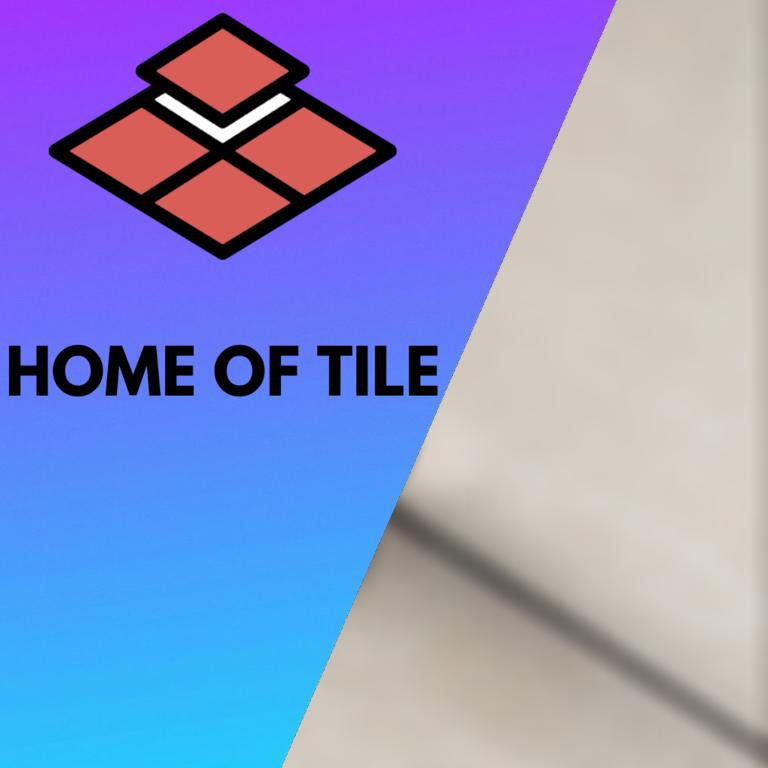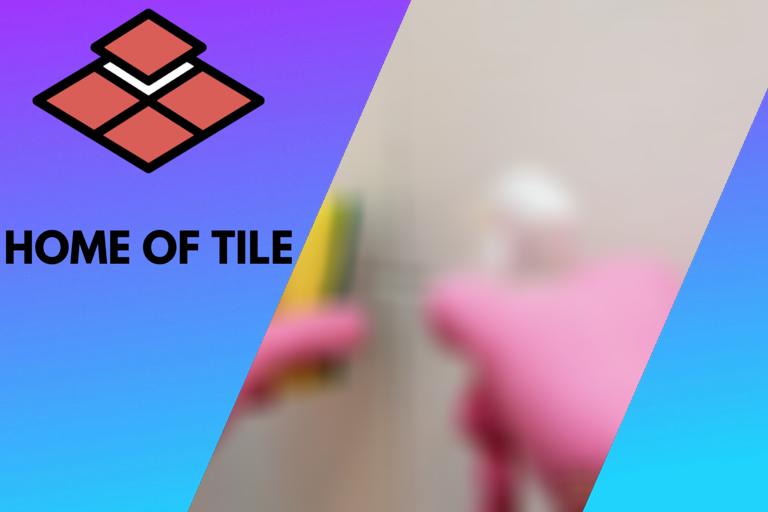What Is the Difference Between Grout and Mortar? What pros say
Grout and mortar are both cement-based products that are used for construction, and many people get the two mixed up. However, these are distinct materials with various differences and uses, and it’s important to understand these if you’re planning to use either or both materials.
The difference between grout and mortar is that grout is mostly used as a filler material, while mortar is typically used as the primary binding agent in a project. Both products are widely used in construction and DIY projects.

In the rest of this article, I’ll discuss grout and mortar and their differences to help you develop an understanding of the topic. I’ll also discuss which situations require the use of mortar and which need grout.
Contents
What Is Grout?
Grout is made of a mixture of cement, sand, and water. It is most frequently used as a filler for spaces between tiles, helping to hold them in place and preventing anything from getting between them and causing them to get loose.
Grout can be sanded, unsanded, or epoxy. Sanded grout is key to making tile last longer because it can withstand great amounts of wear and tear, but it also attracts dirt. Because of this, most people seal their grounded grout immediately after application to reduce the buildup of grime.
Unsanded grout is weaker than sanded grout but works well with natural stone tiles. A sealer is not necessary when using unsanded grout, but it is recommended.
Epoxy grout is made of epoxy resins, which makes it a durable grout option. It does not need any sealer because it is already resistant to other substances.
What Is Mortar?
Mortar is also made of cement, sand, and water. However, it has a lower water content than cement, making it stiffen upon application. Therefore, this material acts as glue for bricks, stones, or anything made of concrete. People typically use a trowel to apply mortar.
Mortar can also be used for tiling. When someone is tiling a floor, they’ll use mortar as the bed on which they put the tiles.
There are two main types of mortar: masonry and thinset. Masonry mortar is a mix of cement, sand, and lime. Thinset is made of cement, polymers, a water retention compound, and a thinner sand than what is used for masonry.
Differences Between Grout and Mortar
The primary difference between grout and mortar is that grout is not used as an adhesive to bind things together, but rather as a filler to prevent debris and water from getting between two objects. In contrast, mortar is used as the primary binding agent.
Another key difference between grout and mortar is the water content in these materials. Grout has more water than mortar and therefore cannot be applied with a trowel because it is too liquidy.
Mortar has a much smaller water-to-cement ratio, which makes it stickier and more appropriate to act as a binding agent. It is also much stiffer than grout.
Additionally, mortar is only made with cement, sand, lime, and water, whereas manufacturers make grout with cement, water, and sand, as well as epoxy, acrylic, and polymer.
Another difference is the color. Mortar is almost always just cement-colored, but grout comes in various colors to suit the surrounding tiles.
Mortar and Grout: Which One Should I Use?
Because these materials are so similar, it isn’t unusual for people to believe they can use them interchangeably. However, if you use mortar when you should have used grout or vice-versa, your installation won’t be as strong. This may be such a big mistake that you will need to start over completely.
To avoid that headache, let’s look at the scenarios in which using mortar is appropriate versus when you should use grout, beginning with the latter.
Grout is most frequently used during tile application. It’s the best material to fill spaces between tiles because it comes in various colors, prevents the tiles from shifting, and prevents chipping.
To apply grout, follow these steps:
- Add water to the grout. Most grout comes in a dry, powdered form, so you’ll need to add water to it until it reaches the right consistency. Make sure that all the powder dissolves completely.
- Wait at least ten minutes to allow the chemicals in the grout to fully set in.
- Scoop the grout onto the float carefully, doing your best to avoid spillage.
- Apply the grout over the tiles. Don’t overdo it; focus on one small area at a time.
- Use a grout float to spread the grout over the tile in upward motions.
- Wait and allow the grout to harden. This usually takes between one to four days.
- Use a sponge to wipe the grout off the face of the tiles so the only grout left behind is in the cracks.
While grout is mostly used for tiling, mortar is mostly used to bind building materials together, such as bricks or stones. It helps add strength and cohesion to the structure so it’s more stable and can withstand weather conditions for longer.
If you need to use mortar for a project, you must mix it first. If you have a large project that requires a lot of mortar, you may need to rent a mortar mixer. Otherwise, you can use a large bucket or wheelbarrow.
Then, follow these steps:
- Add water to the dry mortar powder. Usually, a ratio of one part water to four parts mortar mix is sufficient.
- Use a trowel to turn the mix.
- Keep blending until there isn’t any powder left. If there is excess water, you may need to add more mortar powder.
Once the mortar is mixed, use a trowel to apply the mortar as needed.
Conclusion
Grout and mortar may have many similarities, but they are different materials with different purposes and strengths.
Mortar is thicker, more adhesive, and is therefore used as a primary binding agent in construction and DIY projects. Grout contains more water and is less sticky, primarily used to fill in cracks and as a filler between tiles. You should not use these materials interchangeably.







